How much it actually costs to take a family of five on Japan ski trip
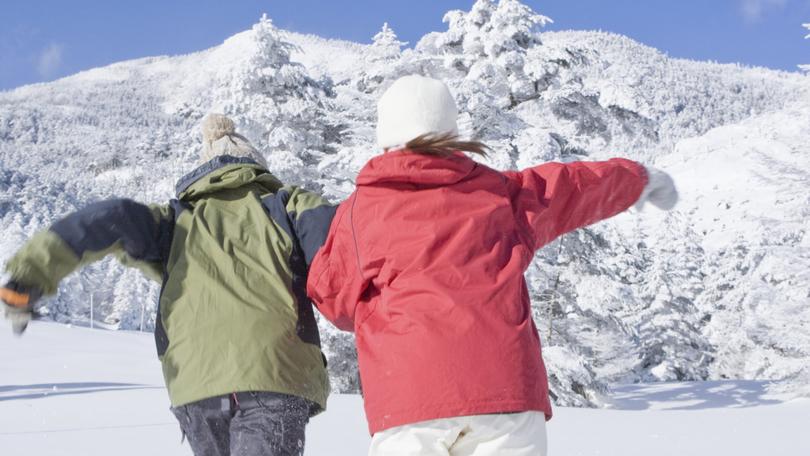
How much did it cost? That’s the question on friends’ lips when returning from a Japan ski holiday with a family of five in tow.
After all, Japan has been labelled “the new Bali”. The poor-performing yen is making our dollar travel further — at the time of writing an Aussie dollar is worth 104.1 yen — up from Y86.5 a year ago and Y65.7 in 2020.
Japan is the top international tourist destination for Australians, according to data from travel booking behemoth Expedia.
Expedia’s Daniel Finch says that anywhere using the Euro or US dollar is expensive for Australians and adds: “Japan is a really good option for people who don’t want to travel to North America or Europe but who want the snow.”
ROAM. Landing in your inbox weekly.
A digital-first travel magazine. Premium itineraries and adventures, practical information and exclusive offers for the discerning traveller.
By continuing you agree to our Terms and Privacy Policy.Nic Klar, an author of web guides for the Nagano ski area, quotes the “75-yen rule” and claims the number of Aussie visitors to Japan had doubled since pre-COVID and quadrupled since 2014.
“A lot of regular skiers I know who come to Japan have 75 yen to $1 (AUD) as their sort of breakpoint. Once it drops below that point a Japan ski trip becomes more marginal,” he says.
“So at almost parity, it becomes a much more affordable proposition. So I guess that is a big factor driving the rise.”
Tourism operator Peter Douglas, who’s based in Nozawa Onsen, says Australians and Kiwis made up about 40 per cent of the mountain village’s tourist intake last winter, with the rest dominated by Japanese.
“For sure the weak yen has motivated a lot of inbound travellers,” the operator of Nozawa Hospitality says.
“My sense is that Japanese skiing is so embedded in the rhythm of middle-class Australian leisure that the FX rate is not the driver, more a nice-to-have, but it did allow folks to upgrade to better accommodation, more taxi rides and other extras, etc. This year we have seen a lot more long-haul (US/Europe) travellers than before and I suspect the trigger for them has been the weak yen.”
It is reported that currency experts expect the yen to rebound by the end of the year, driven by a narrowing interest-rate differential and a slowing global economy. And Klar adds that prices are now rising in Japan “after being pretty much stagnant for many years”.
“In fact, numerous things have been cheaper to buy in Japan now than when I first arrived in 1995. So whether that moves the dial on the 75-yen rule we’ll have to see,” he says.
FOOD & DRINK
The Bali comparison makes a good headline but don’t expect Bintang bargains (especially pre-pandemic), but neither will you be slugged $12 (€7) for a flat white on the slopes ala the Swiss Alps.
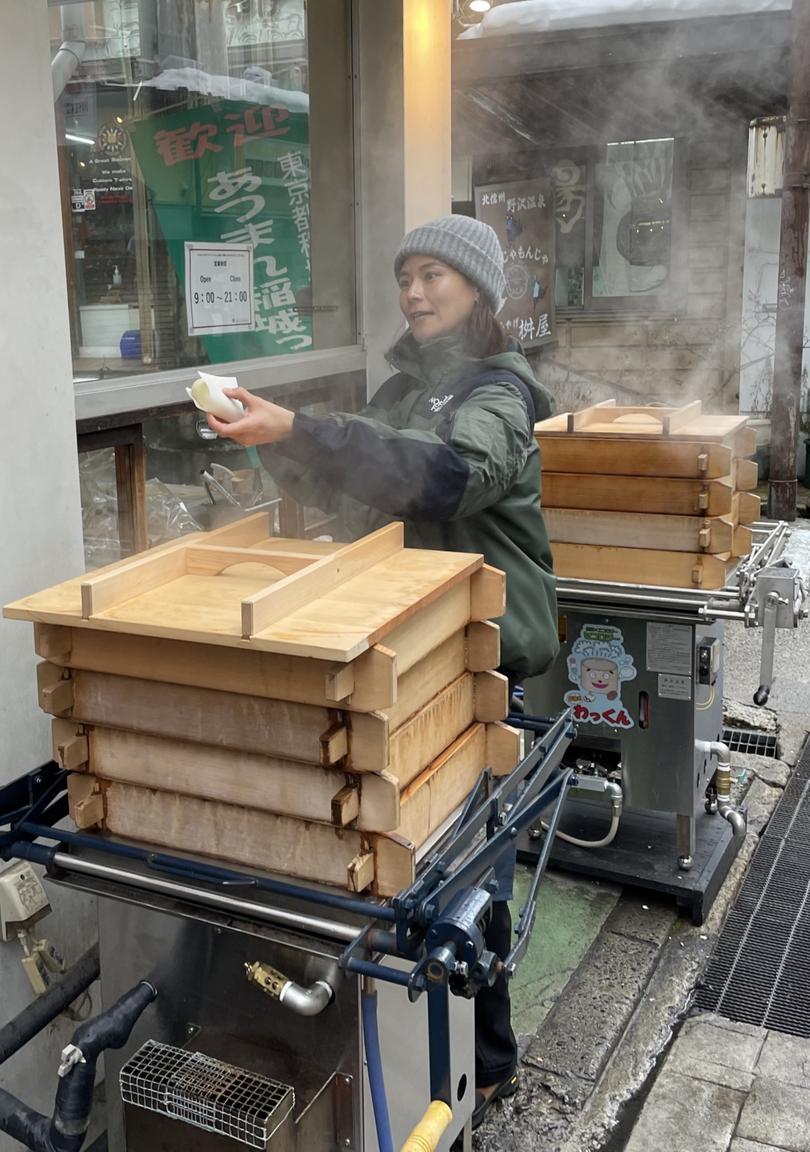
A latte in Japan is about Y550-600 ($5-$6) no matter if you’re on a fancy minimalist Danish cafe in a trendy Tokyo suburb (Fuglen Asakusa) or next to the chairlift.
Same goes for a ramen — its $10-$15 whether it’s overlooking the Japanese alps or at an eight-seat eatery under the shining lights of the capital’s bulging nightlife district of Shinjuku.
A steamed apple cinnamon dumpling from a cart on Nozawa’s main street — a perfect desert or post-skiing snack — will you set you back $4. A filling schnitzel sandwich from the ever-present 7Eleven or Lawson convenience stores is about $3.
You could find cheaper (a can of hot latte from a vending machine sells for about $2) or more expensive ($100 per head for a teppan barbecue in Nozawa village), but there was no price gouging for being 1500m above sea level. A dinner for five costs, on average, about $110 including drinks.
FLIGHTS
Finding affordable return flights to Japan for a family of five during the summer holidays is tricky.
The key is to book early. Sure there will be deals with Jetstar that take 20-plus hours and fly via the Eastern States or direct with Air Nippon from Perth, which while convenient, at last check were $4900 per person during the January school holidays.
For return flights to Tokyo from Perth, Cathay Pacific proved the best compromise between price, comfort and travel time. It came in $7675 return for five (including taxes and one under-12 at $1300) which included a two-hour stopover in Hong Kong on both legs.
These January flights were booked mid-year but snaring family accommodation in our chosen ski spot of Nozawa Onsen, a traditional hot springs village about 260km north-west of Tokyo, proved problematic.
STAY
The Schneider Hotel at the base of Nozawa Onsen’s slopes, as opposed to the village a 25-minute walk away, is an old family-style lodge, similar to those found on east coast ski fields: bathrooms at the end of the corridor, communal lounge, dining room, drying room and cosy bar with a log fire and a view of the slopes.

A cosy but comfy Japanese-style room with five beds (a mix of a futon and bunks) for eight nights, cooked buffet breakfast and six days of lift passes cost $5150. Throw in ski/board hire ($1140), two-three hour lessons for three kids ($600) and one lesson for a pair a rusty adults and it equates to $7500K for a week in the snow.
There are pros and cons to staying out of the village.
Ski-in, ski-out is great in the morning and the promise of finishing the 10km run from the peak at your front door is a great motivator to tackle that last run of the day. For those with young kids it’s a no-brainer.
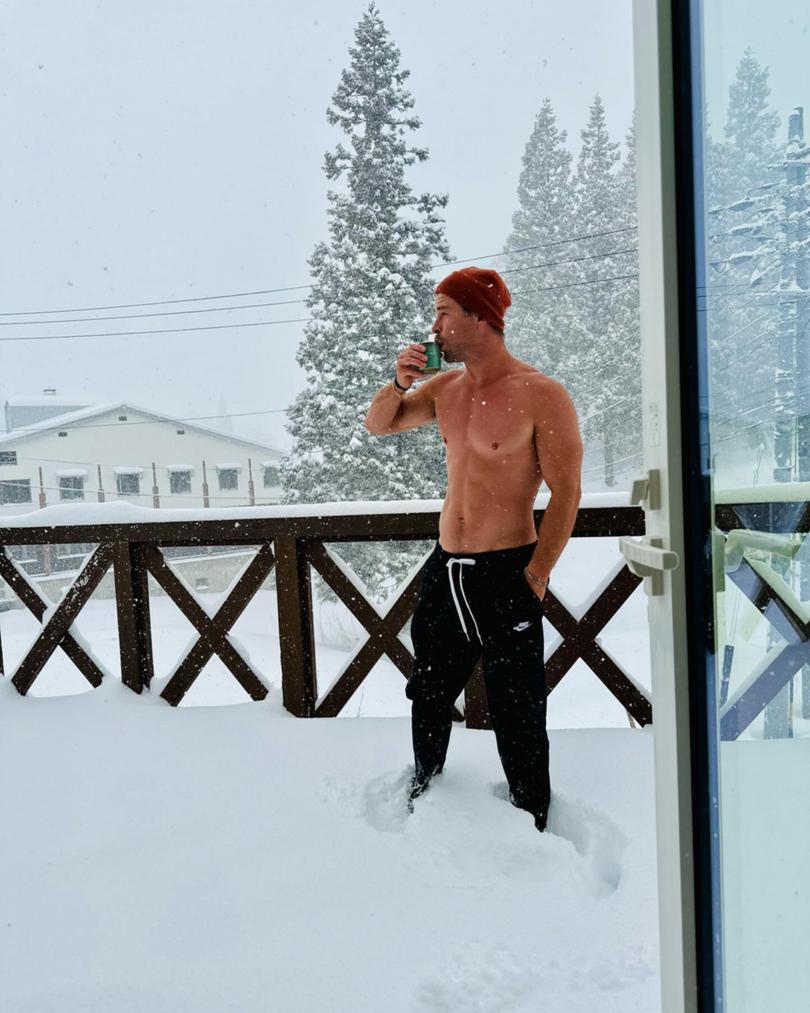
It’s not hard to see why Nozawa, about a two-hour bullet train trip (roughly $100 per head) from Tokyo, is popular with Australians – even famous ones.
Thor star Chris Hemsworth was holidaying in Nozawa with his family in January. The shirtless Insta shot of the 40-year-old chugging a drink on the deck of his lodging during a snow shower went viral as well as raising the temperature a notch.
Douglas says his company has a “significant number of A-listers from the arts, business and sports staying in the higher-end properties, but keeping an understandably low profile.”
“You would choose Nozawa because it is a mountain village, because it has this long history and because it has this very distinct culture,” Douglas says.
The once feudal village caters for non-skiers in the party. The cobblestone streets are home to 13 public onsens fuelled by town’s famous hot springs, there’s even an open-air cooking onsen (known as Ogama), which bubbles away at above 90C.
There are more than 50 places to eat and drink including noodle houses, coffee shops, a Swiss bakery, gin distillery and even a food court. The non-descript izakaya Sakai, at $35 per head including drinks, was this writer’s pick.
There’s another variation on the slopes to keep all levels of skiers and boarders busy for a week. While “japow” is a big selling point, Douglas estimates only about 10 per cent of Nozawa visitors venture off-piste into deep powder.
“The overwhelming majority of our guests actually most enjoy bluebird days on groomed pistes with their family and friends — a much more consistent product that matches guests’ needs.”
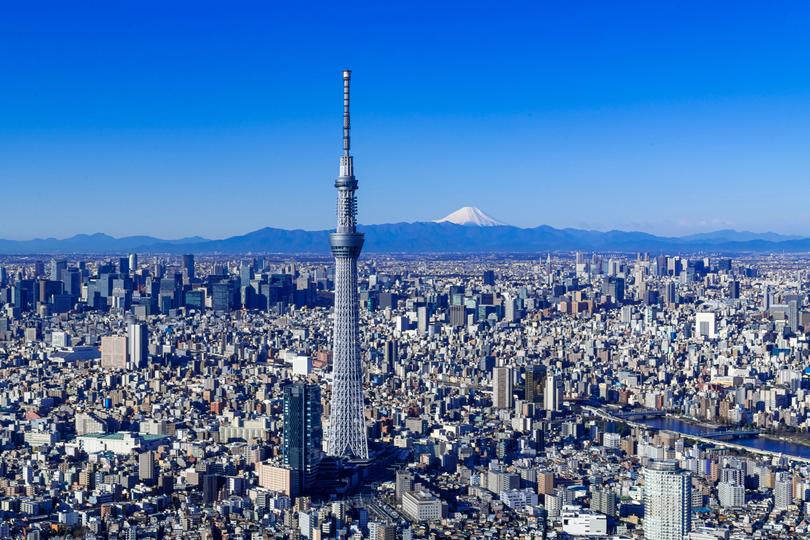
CITIES
The proximity of Tokyo and Kyoto means a trip to Japan can be more than a skiing holiday.
Spending three days is ideal in the capital to get a taste of the ultra-modern metropolis home to more than 14 million people.
Asakusa (pronounced Ah-suck-sa) is central, convenient, and most of importantly, relatively quiet. Home to tranquil temples, bustling shopping streets, cute restaurants and the Tokyo Skytree, the district is several volume levels down from Tokyo’s more iconic spots Shibuya and Shinjuku. If these pulsating entertainment and business districts are a Metallica stadium gig then Asakusa is Norah Jones at a candle-lit jazz club.
Significantly, it is safe at night for teenagers to walk the streets and alleys unaccompanied. The Richmond Premier Hotel, sitting atop a multi-storey Uniqlo clothing shop, is in the heart of the area and a comfortable place to stay.
With plenty of ground to cover, expect to rack up 20,000 steps a day — trying to keep the whole family pleased is as hard as deciphering the Tokyo subway system for the first time.
Fashion conscious teens will walk miles to explore Japan’s burgeoning second-hand vintage clothes market (stores 2nd Street and New York Joe Exchange were popular).
Mums, like Aussie actor Claudia Karvan who had her kids in tow this January day, will want to embrace the street food and retail shops at the heaving Tsukiji Market.
Dads, in between decoding the PT system on Google maps, end up carrying shopping bags for most of their 20,000-odd steps, and as a result end up focusing on how to refuel their bodies at the sidewalk food stands, small eateries and beer vending machines.
One whole-of-family attraction is teamLab Planets — a 30-minute train trip from Asakusa — which is a ridiculously popular immersive digital art museum featuring installations that merge technology and nature and respond to visitor interaction. It was named Asia’s Leading Tourist Attraction at the 2023 World Travel Awards ahead of a field that included the Great Wall of China, Cambodia’s Angkor Wat and Halong Bay in Vietnam.
AI language model ChatGPT says “the floors, walls and ceilings are transformed into dynamic canvases of light and colour. Visitors might find themselves wading through knee-deep water, surrounded by digital projections of swimming fish or blooming flowers, or standing beneath a canopy of shimmering stars”.
Another is the Tokyo Skytree, which soars 634m into the air. The 360-degree views are breathtaking from the structure, which was eight years into its construction when it was shook by the 2011 Fukushima earthquake. Seven days after the magnitude 9.0 quake it reached it’s full height and today it stands as a symbol of recovery.
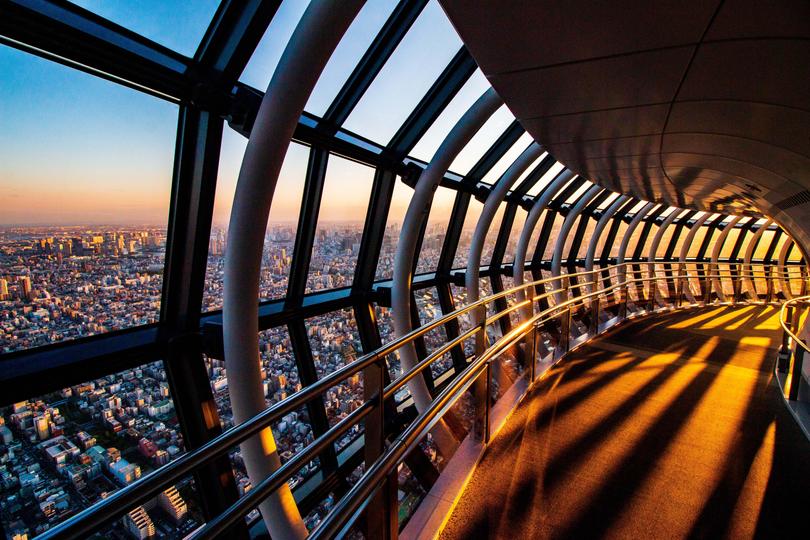
A free event every Sunday afternoon at Yoyogi Park is watching dance performances from denim-clad rockabilly group The Strangers complete with ducktail hairdos, pointy shoes and the obligatory cigarette hanging out of the mouth. The group’s founder recalls a US military base housed at the park, where 50s rock ‘n’ roll music blared out of the foreigners’ living quarters and into his consciousness and as a result the American 50s subculture thrives today in this otherwise tranquil park. Warning: impromptu diving into the dance is discouraged, instead just boogie along on the sidelines.
A full day can include the famous Shibuya Crossing and then watching the scramble from above at Mag’s Cafe (1500 yen entry including a drink); tackling Harajuku’s main shopping thoroughfare Takeshita St — a colleague likened the crowds here to the Royal Show on steroids — before dinner and drinks at an eight-seater izakaya in the rail line alleys of the Shinjuku entertainment district, where an underwhelming Godzilla pokes its fire-breathing head out on the hour.
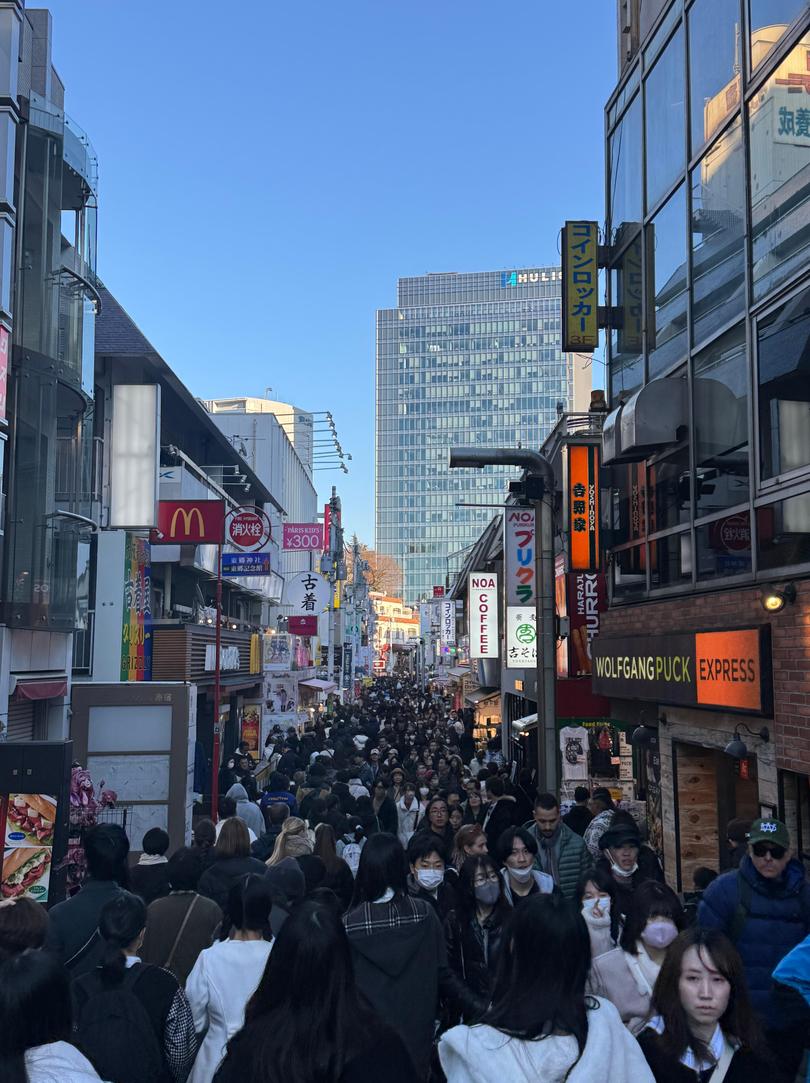
There’s no such gimmicks in traditional Kyoto, it’s labyrinth of cobblestone alleys, shrines and temples can be explored in two days. The streets, which are almost deserted at night, are a welcome break from the Tokyo fervour. The same can’t be said for the giant shopping mall that is Osaka, but the retail reptiles in your party will be happy.
So back to the original question and how much does this all cost, bearing in mind the yen has fallen about 4 per cent since January?
A $20,000-25,000 budget for a family of five ski and city holiday in Japan demonstrates the relative affordability and value this destination offers.
By planning ahead with accommodation and flights, families can experience the best of both worlds — the invigorating slopes of Japan’s ski resorts and the vibrant culture of its bustling cities — without requiring a second mortgage.
PRICE LIST
Family of five, two adults, kids aged 17, 16 and 11-years-old for 15 nights in Japan
Return flights (Perth-Tokyo) $7675
Bullet trains (Tokyo-Nozawa, Nozawa-Kyoto) $1100
Skiing package (eight nights accommodation with buffet breakfast ski hire, lift passes, lessons) $7500
City accommodation
+ 3 nights Tokyo $2000 (2 rooms) $2000
+ 2 nights Kyoto (2 rooms) $1000
+ 2 nights Osaka (1 room) $800
Expenses (food, public transport) $3300 ($220 a day)
Total $23,375
